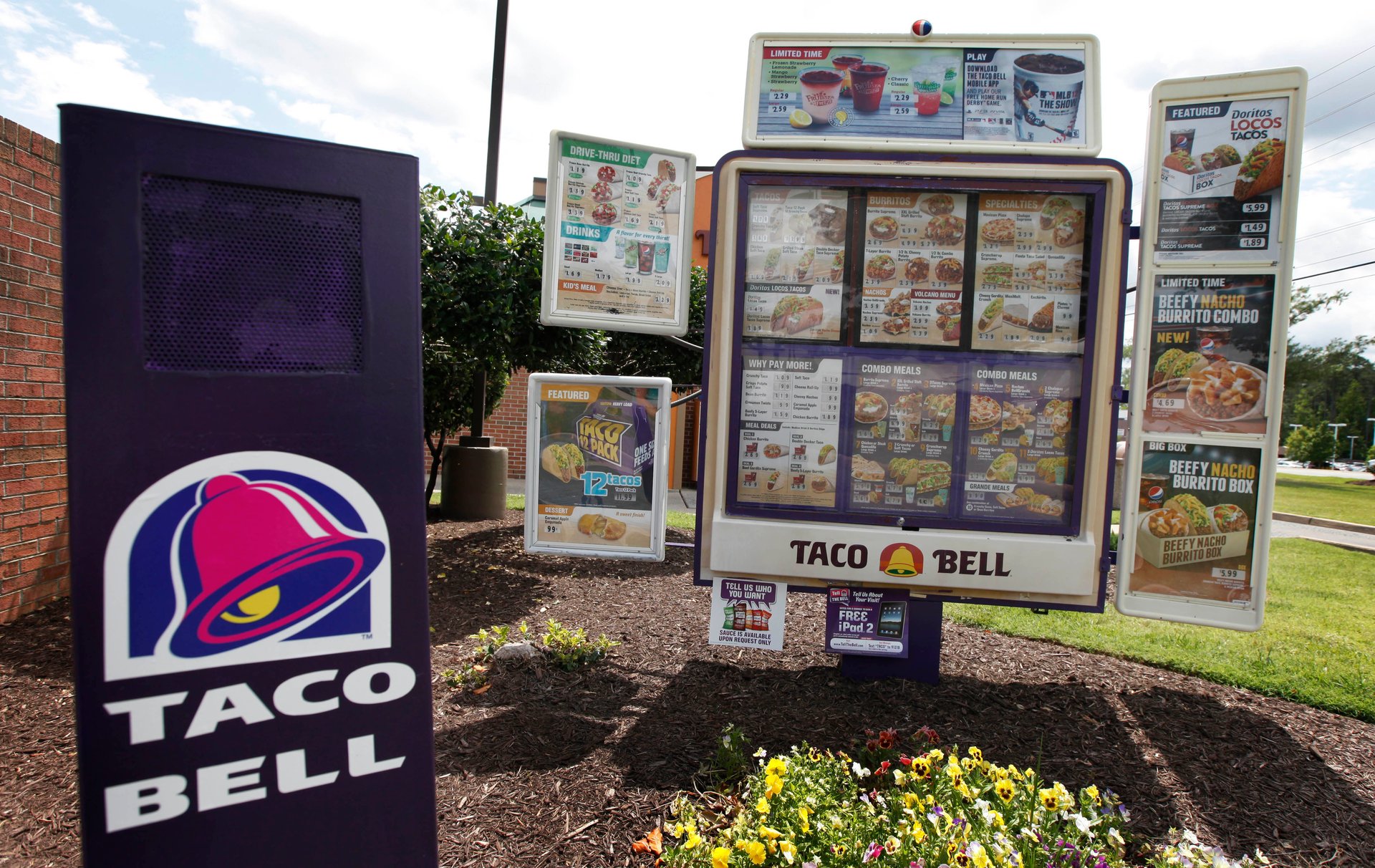Taco Bell wants to reinvent the drive-thru
The drive-thru is getting a makeover.


The drive-thru is getting a makeover.
Last week, Taco Bell announced it is launching a new drive-thru restaurant in Brooklyn, Minnesota called “Taco Bell Defy.” A 3,000 square-foot, two-story model, it aims to reimagine the drive-thru for the mobile era as the restaurant industry adapts to the demands of on-demand food ordering. The site is set to open the following summer.
In addition to the traditional drive-thru lane, Taco Bell Defy will have three other lanes dedicated to mobile orders or delivery service pickups to help ease the flow of traffic, the company said in a press release. Those who order food through their phones will scan their QR code at digital check-in screens. Customers can still interact with employees about their orders, but the food delivery will be contactless; the Taco Bell drink or food item will be sent from the upstairs kitchen to the customer in about six seconds via a lift system, according to a company spokesperson. Mike Grams, Taco Bell’s president and global COO, said the lessons from this test “may help shape future Taco Bell restaurants.”
Drive-thrus have thrived during the pandemic
Restaurants had been making drive-thrus more mobile-friendly since before the pandemic, but interest in updating the concept has been growing as more people have resorted to takeout dining to avoid Covid-19. Drive-thrus have helped keep big chains afloat, particularly, when lockdown restrictions were still in place. Taco Bell, for instance, served 30 million more cars in the third quarter of 2020 than in the same period a year before.
Over the past year, drive-thru made up about 34% of all on- or off-premise orders, up from less than 30% in the summer of 2020, according to data from NPD, a market research firm.
Food delivery orders grew much faster—about 65% between June 2020 and June 2021 versus a 16% jump for drive-thrus’—but they account for a much smaller share of all on- or off-premise orders: 8%. And restaurant operators may find the drive-thru lane to be a more attractive opportunity because it doesn’t require working with food delivery partners or the hassle of delivery fees, which are not popular with customers.
The drive-thru of the future
A big challenge with drive-thrus, which have been around since the 1940s, is how poor-sounding headsets often lead to inaccurate orders and delays. Waiting times have also increased during the pandemic.
Taco Bell is not the first restaurant to be experimenting with improving the traditional drive-thru. Two months ago, McDonald’s began testing automated voice ordering at 10 locations in Chicago. As the return of office workers stalls in major cities, Sweetgreen, a fast casual chain looking to branch outside coastal cities, said it will open a new kind of drive-thru in Highlands Ranch, Colorado, which will feature separate lanes for app orders and tech-boosted capabilities. It expects to launch the experiment this winter.
If successful, the changes could help cut down labor costs, particularly at a time when restaurants have been doing more with less as they struggle to find and retain workers.